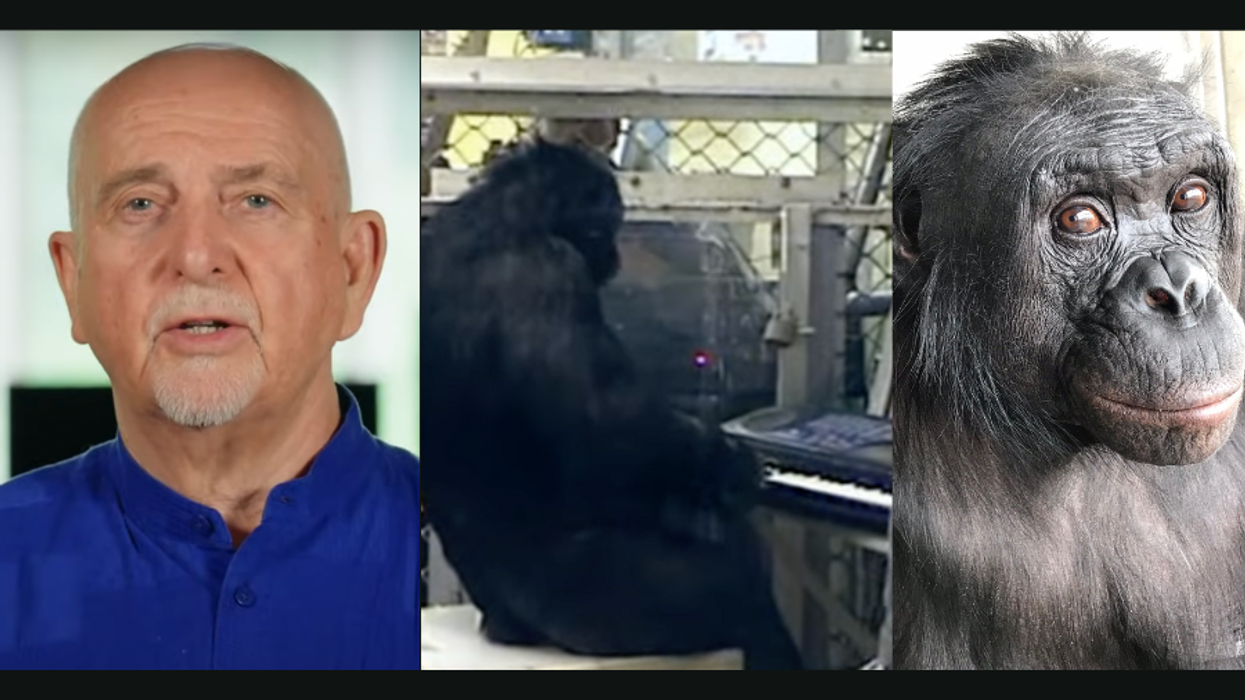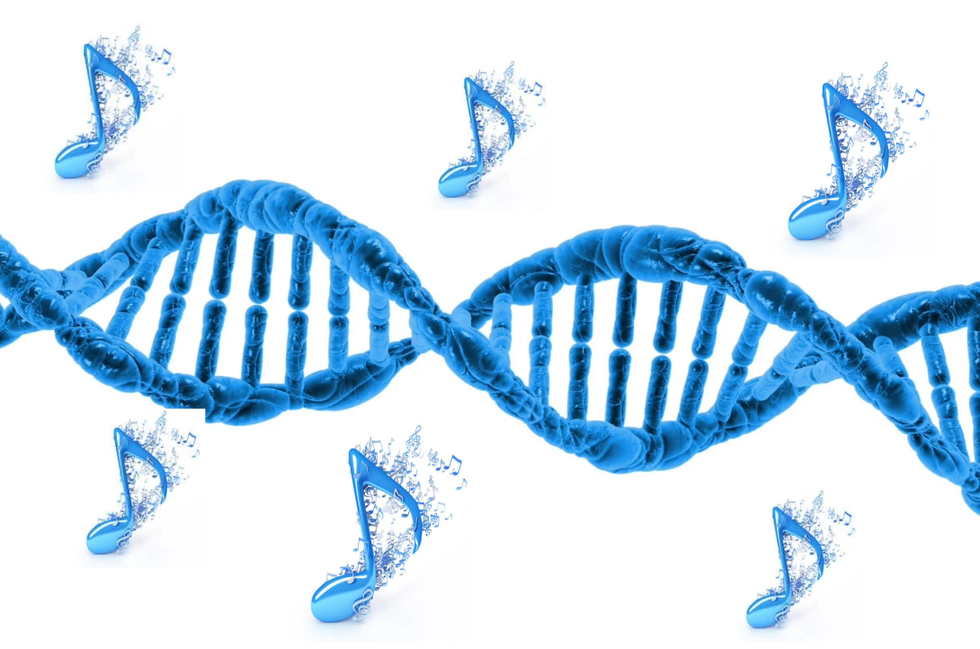President-elect Trump’s selections for the leaders of his administration have been controversial in the extreme. Just this week, New Jersey senator Cory Booker broke a long tradition of senator conviviality to actually testify against Trump’s pick for attorney general, Alabama Senator Jeff Sessions, during his confirmation hearing. Booker said he felt compelled by Sessions’ “hostility” toward the basic ideas of justice and civil rights, as well as his long history of working to “frustrate attempts to advance these ideals.” Rex Tillerson, the former CEO of ExxonMobil, managed to exorcise both Marco Rubio and Tim Kane with his positions on things like Russia and ExxonMobil’s long history of working against climate change.
When Trump’s presumptive pick for Food and Drug Administration chief Jim O’Neill goes before committee, questions are likely to focus on his long history of opposing health care regulations. As a managing director at Peter Thiel’s venture capital firm Mithril Capital Management, O’Neill once said in a speech that consumers should use drugs “at their own risk” after very cursory safety tests from the government, continuing, “Let’s prove efficacy after they’ve been legalized.” This is essentially a rehash of a long-held libertarian belief: Regulations aren’t necessary, because if something kills people, they’ll stop buying it. That’s fine, unless you’re the one who’s been killed.
That’s O’Neill on drugs. What about food?
One clue comes from his work with the Seasteading Institute, where he served on the board, though his name has recently been removed from its site. Seasteading is the brainchild of tech billionaire Peter Thiel and Patri Friedman, grandson of touchstone conservative economist Milton Friedman. It calls itself an attempt to “bring a startup sensibility to the problem of government monopolies.” To be clear, that sentence isn’t referring to state-owned factories. Seasteaders have a problem with government monopolies on governing. “Obsolete political systems conceived in previous centuries are ill-equipped to unleash the enormous opportunities in twenty-first century innovation,” its website reads, ignoring that it is essentially a libertarian project and that libertarianism has its roots in the 19th century. On another page, it claims that, “currently, 193 governments have monopolies over 7 billion citizens.”
The Institute’s members spent the early part of this decade dreaming up an Atlas Shrugged-type retreat from the world—in the form of idealized floating communities in the middle of the ocean where they can conduct social experiments in peace. Though no such communities have been built to date, the Institute’s blog claims it will begin building one in a lagoon in French Polynesia this year.
Seasteading’s major food priority is the farming and consumption of algae, the benefits of which it extolls in many places throughout its site. “Algae farms require no fresh water, are scalable, and can be harvested year round,” reads the text over a cartoon about seasteading’s inspirations and positive impacts. Algae farming also forms the cornerstone of Seasteading’s food production effort, Project OASIS. According to the site, it “aims to highlight mariculture technologies for sustainable food and energy production, beginning with the realization of ocean algae’s enormous potential when combined with a framework of innovative seastead communities.”
Discussions of the benefits of algae typically revolve around the low environmental impact of farming at sea. Principal among these being “the virtually unlimited amount of space the oceans provide” for farming, according to Project OASIS. But there are health benefits, as well. Algae is high in minerals (like iron), contains many vitamins, and is also frequently eaten as a dietary supplement. The most commonly eaten forms are spirulina, kelp, and seaweed (though larger, they are structurally identical to algae).
Algae farming does have the potential to revolutionize the global food supply, said Ricardo Radulovic, head of biosystems engineering at the University of Costa Rica, who collaborated in the past with Seasteading on its algae research, despite not sharing its politics.
“What we’re pushing for is seaweed farming,” he said. “Seaweed grows by actually taking nutrients from the water, and in many places we have too many nutrients in the water already, producing dead zones.” Plus, he says, growing these plants at sea means that they “don’t require a drop of fresh water,” which is in stark contrast to the high water needs of traditional agriculture.
[quote position="full" is_quote="true"]Some algae have cell walls that are very hard. Humans only have one stomach (and can’t digest these cell walls), so it creates stomach upset and gas[/quote]
“I want to produce food for the world,” he said, arguing that algae is the key to unlocking global food production in an age of climate change.
While the farming of algae is undoubtedly good for the planet, there are problems with people actually eating it. A 2012 study published in the journal Toxicology and Applied Pharmacology—spurred by widespread reports of health problems in people taking blue-green algae dietary supplements—found harmful toxic substances in every brand it tested. It concluded that the sale of such supplements for human consumption is “highly questionable.”
Just this past October, Soylent stopped selling its powder mix and recalled all of its Soylent 1.6 protein bars, blaming a powder made from algae for causing violent stomach problems for many of its consumers.
“We are releasing new formulations of our powder mix and meal replacement bars early next year,” Soylent co-founder and CEO Rob Rhinehart told Bloomberg at the time. “Our new formulations will no longer contain algal flour.” In December, Soylent released a new version of its powder, 1.7, totally removing algal powder.(Soylent declined to comment to GOOD, instead providing a link to this statement.)
The tricky thing about turning algae into food, said Arizona State University professor Mark Edwards, is that humans aren’t really built to eat it. “Some algae have cell walls that are very hard. Humans only have one stomach (and can’t digest these cell walls), so it creates stomach upset and gas … think of eating bark!” This problem, he says, is common in algae products.
Edwards is a self-identified “algae evangelist” who has written 14 books on the benefits of eating algae and is a writer for Algae Industry Magazine. Despite the above problems, he is also bullish on algae, pointing out ways around the above problem, like using spirulina, which doesn’t have a cell wall, or processing the algae in such a way that avoids stomach problems.
The company from which Soylent sourced its algal powder, TerraVia, maintains its products are safe and the problems could have come from any other ingredient. While this is undoubtedly true, as Gizmodo first reported, the new generation Soylent bars drastically increased their algal content: Formula 1.5 contained only 2.2 grams of algal powder, while formula 1.6 had 176 grams.
One feature dietary supplements and Soylent share is that both use loopholes to avoid being regulated as a food. And both have caused real health problems for consumers. Given O’Neill’s position on regulation, it’s unlikely that he would expand the FDA’s scope to oversee the production of these products, hastening the acceptance of algae as a food product. What’s better: a closely regulated and safe, but slower system, or a more nimble and potentially dangerous approach? It seems America is about to find out.















 Big Brain GIF by Jay Sprogell
Big Brain GIF by Jay Sprogell






 Music isn't just good for social bonding.Photo credit: Canva
Music isn't just good for social bonding.Photo credit: Canva Our genes may influence our love of music more than we realize.Photo credit: Canva
Our genes may influence our love of music more than we realize.Photo credit: Canva